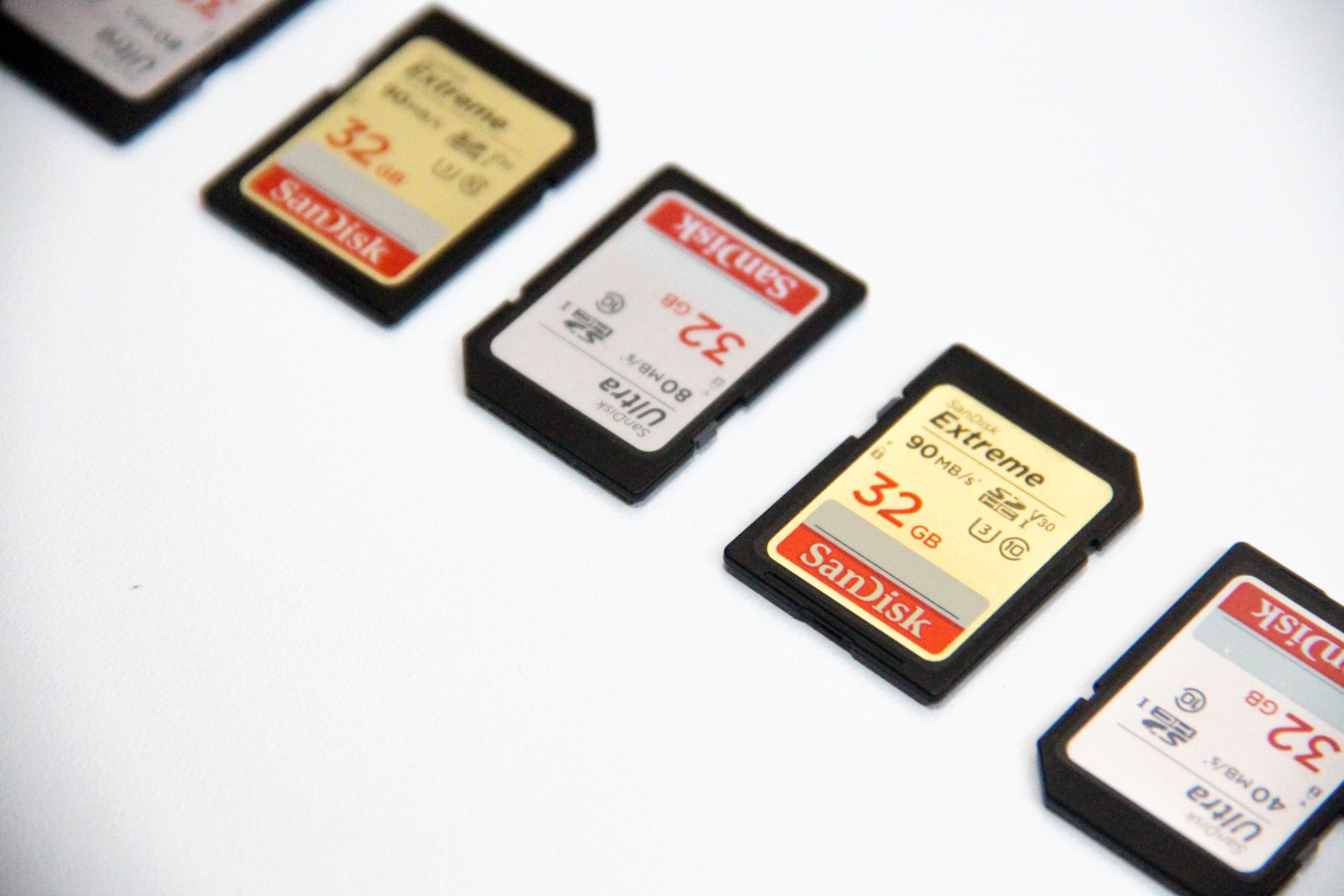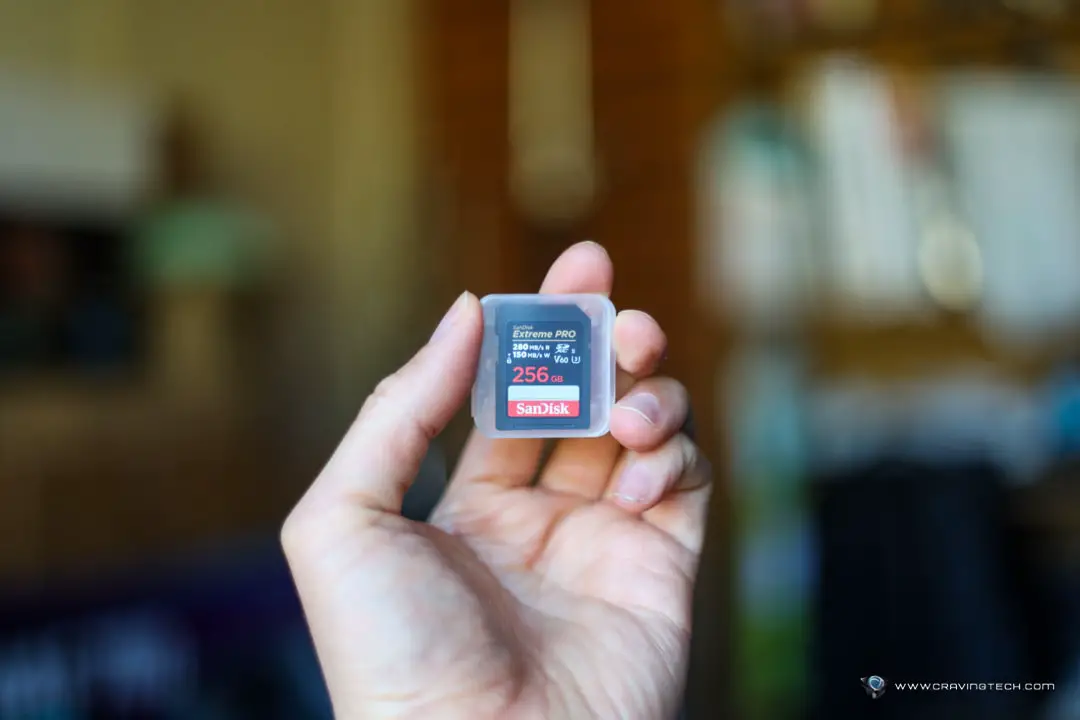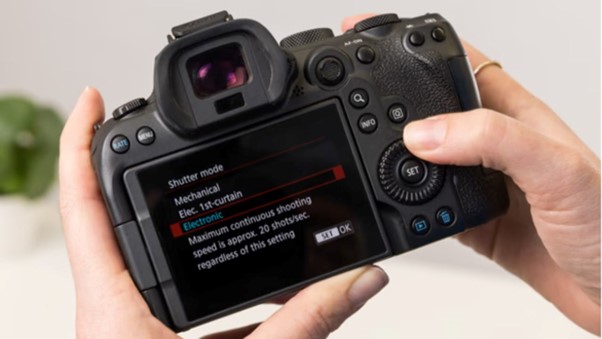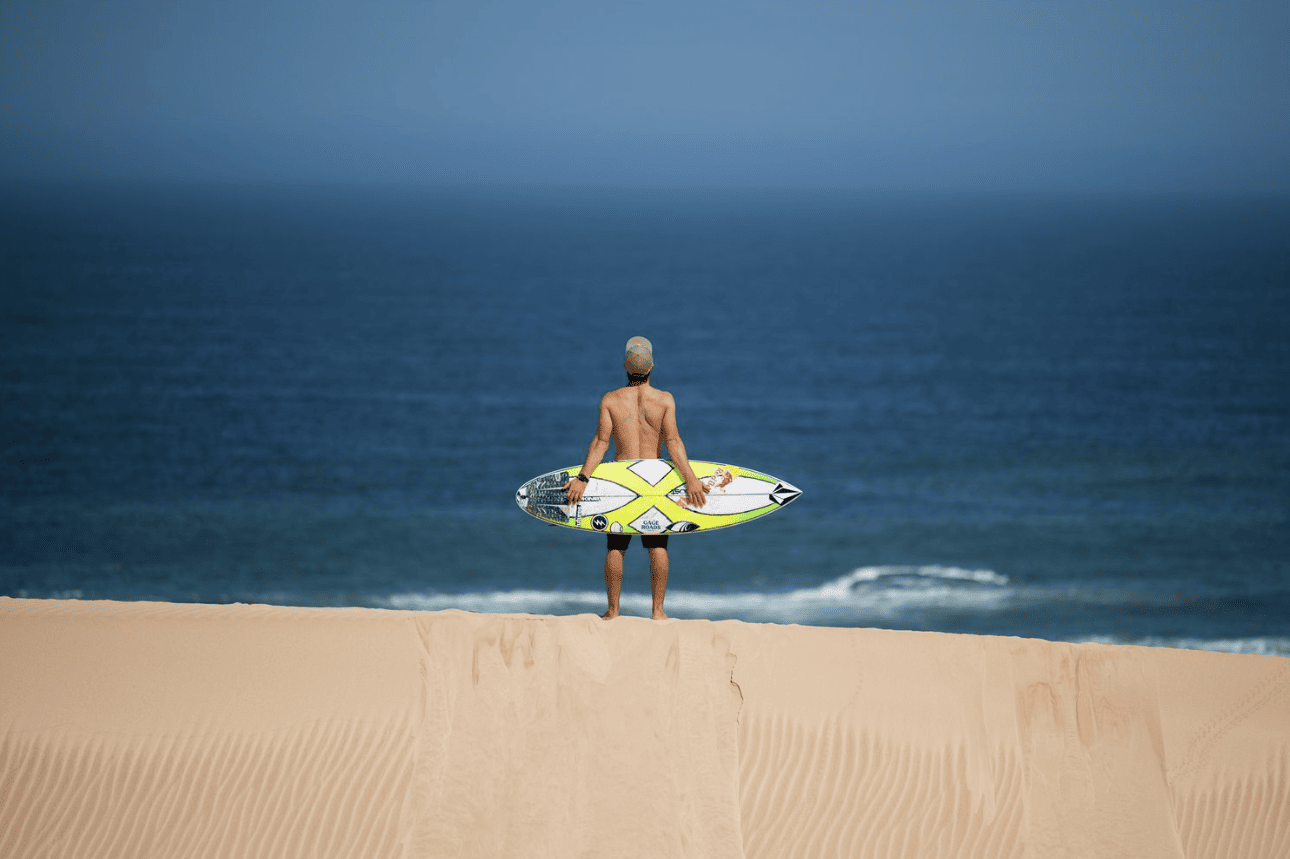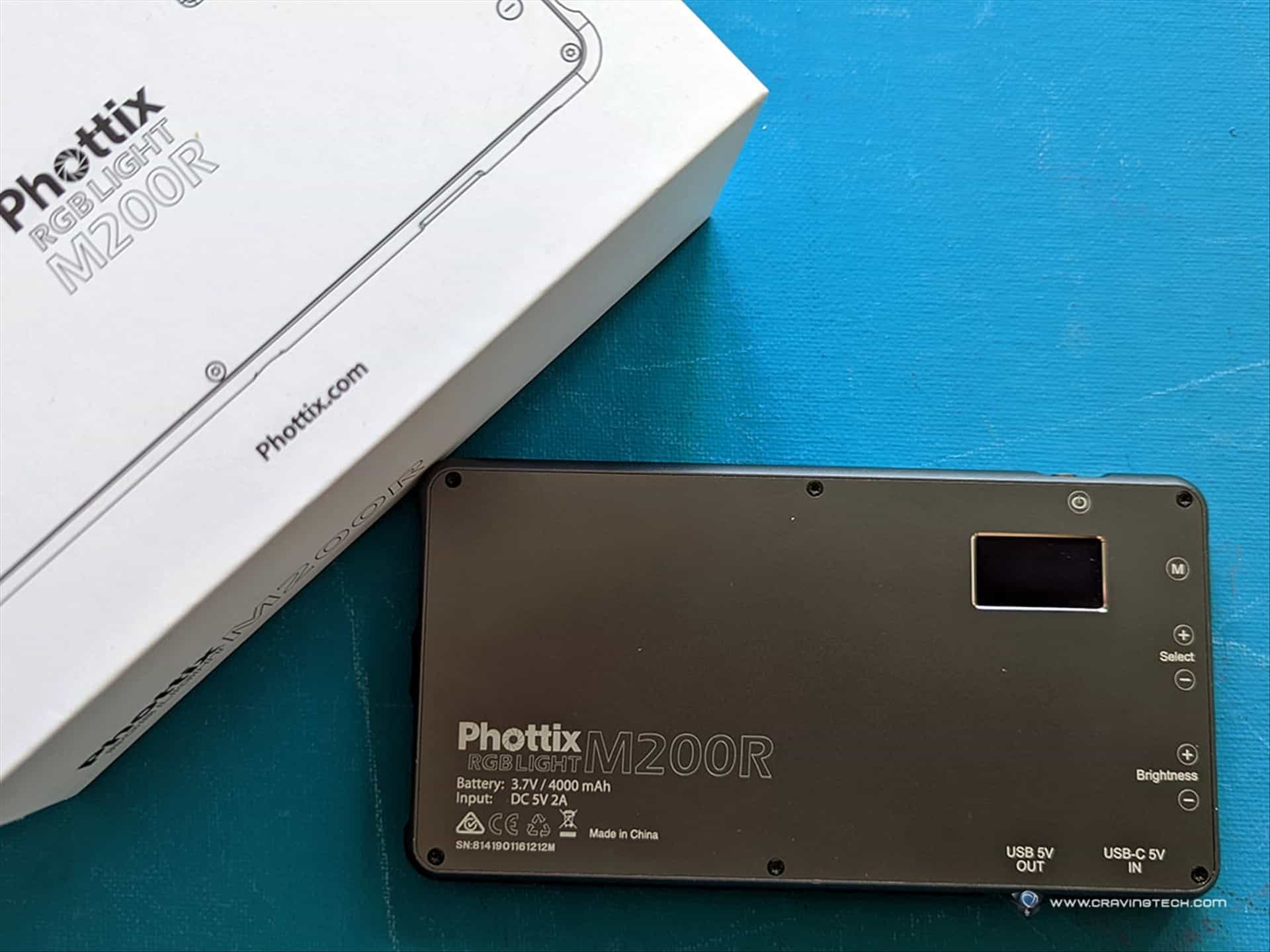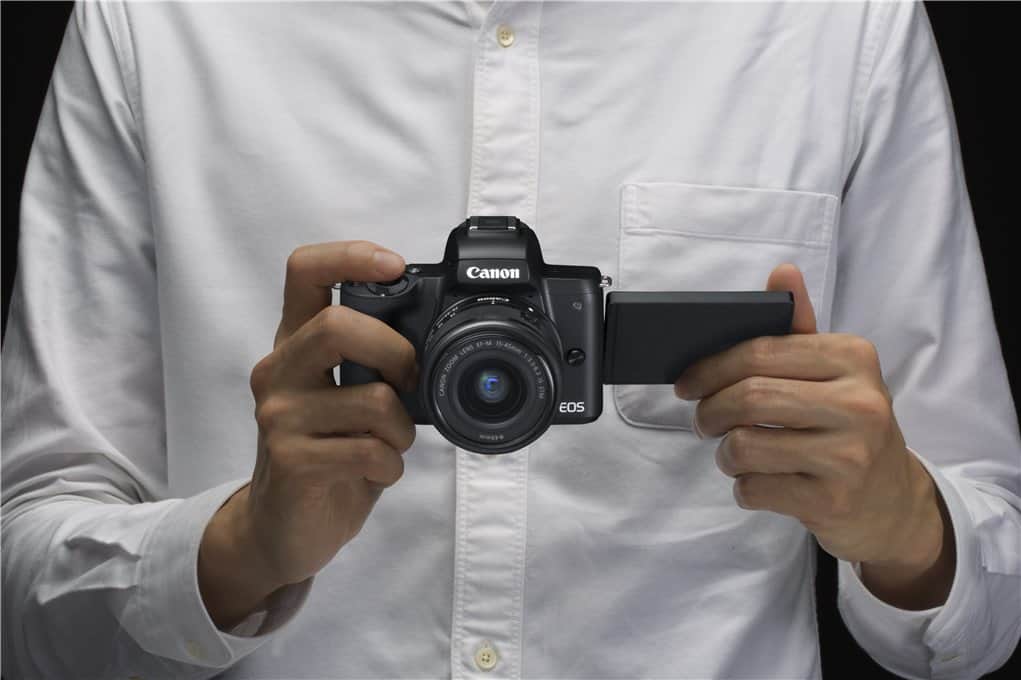
There were several rumours that Canon would introduce a full frame mirrorless camera some time in 2018.
To be honest, I didn’t put any huge expectation on that rumour, but personally, it would be nice if that rumour comes into reality.
My wish for Canon cameras in 2018 is only two: an all new sensor design and 4K video recording. This should stop me from peeking into Panasonic and Sony cameras, or even the most recent Fujifilm cameras.
Canon did show me their latest 2018 product line ups last week and one of their products steals my attention immediately: Canon EOS M50.
Brendan Maher, Product Manager of Canon Camera Australia, told me that Canon EOS M50 is Canon’s first 4K mirrorless camera and that got me excited. I definitely can’t wait to get my hands on one.
Canon EOS M50 Spec
- Image Sensor Type (Size): APS-C CMOS (22.3 x 14.9)
- Effective Megapixels: Approx. 24.1 megapixels
- AF Working Range: -2 ~ 18
- LCD Monitor: 3.0″ Vari-angle Touch Panel with approx. 1.04 million dots
- Movie Recording Size: Max Frame Rate: 4K 25p (PAL), Full HD 60p, HD 120p
- Imaging Processor: DIGIC 8
- Electronic Viewfinder (EVF): Yes – 2.36 million dots OLED
- Dual Pixel CMOS AF: Yes
- Touch Screen: Yes
- Microphone Input: Yes
- Battery: LP-E12
- Max ISO Speed: 25600 (expand to 51200)
- Dual Sensing IS: Yes
- Recording Media: 1 x SD Memory Card
- Weight (body + battery + sd card, excluding lens): 387g
- Max Shutter Speed: 1/4000sec
What excites me most about Canon EOS M50?
Canon EOS M50 offers 4K video recording, 4K time lapses, and 4K still image grabs from 4K movies. Moreover, the additional 120 fps slow motion in HD also allows broader creativity.
Along with 4K video recording, Canon EOS M50 comes with the latest DIGIC 8 image processor which boosts autofocus performance speed and has a much wider autofocus area of up to 143 AF points. Eye AF makes a debut as well.
It seems that Canon has also upgraded its sensor to 24.1 Megapixels.

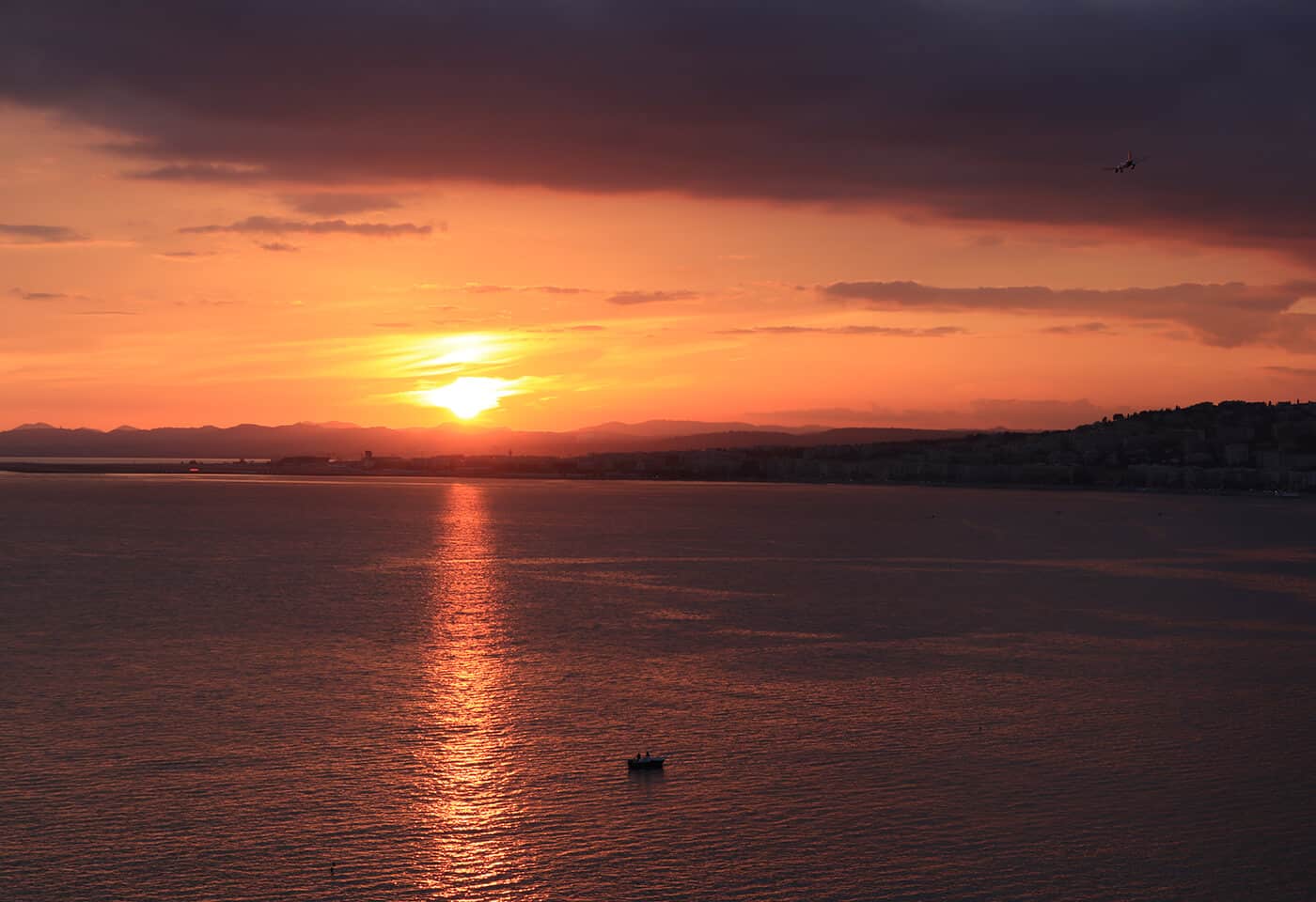
The biggest selling point for this camera has to be the fully articulated touch screen that can be flipped sideways. I can’t stop mentioning that this mechanism is the best design approach. It’s best for vlogging and to nail difficult angles when taking challenging shots.
It also addresses my frustration with the Canon M5 and M6’s articulated touch screen that can only be flipped up or down. Thank you, Canon.
The inclusion of EVF in Canon EOS M5 can be found here too. EVF is one of the main reasons why you’d want a mirrorless camera.
A new RAW .CR3 and compressed RAW file format can save up to 40% storage space which means you can accommodate more RAW files into the memory card.
But?
Canon EOS M50 is designed not to replace the existing Canon EOS M5. In fact, Canon EOS M50 is placed below Canon EOS M5 and EOS M6 in the Canon mirrorless product lines. In my humble opinion, this explains why a few things are not present in the EOS M50:
- Lack of dedicated button dials. Canon M50 only has one primary dial to adjust exposure based on aperture or shutter priority mode. I like multiple dedicated dials found in Canon EOS M5 that can be used to adjust exposure compensation, shutter speed on manual mode, and even white balance.
- According to EOS M50 technical specification sheet, 4K video recording does not benefit from Dual Pixel phase detection as it uses contrast detection instead – which still gets the job done but the focusing isn’t as smooth as what the Dual Pixel technology provides.
- Lack of support for UHS-II type SD card. Most competition in 2018 supports faster cards such as UHS-II SD card, CFast card and XQD card.
Nonetheless, Canon is in the right direction
The new Canon EOS M50 shows that Canon listens to what fans want by adding a fully articulated touch-screen, dedicated EVF, and a glimpse of 4K video recording in their latest mirrorless camera.
Canon EOS M50 will be priced around $1,100-ish range. I will post a more detailed review once I can get my hands on a review unit. Stay tuned!

